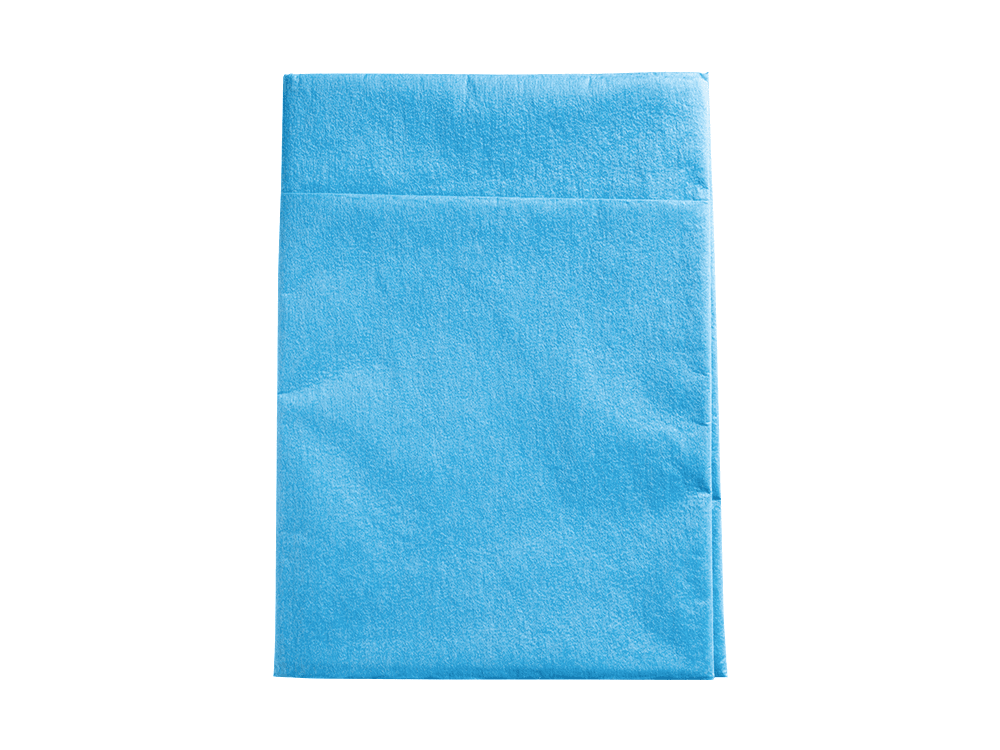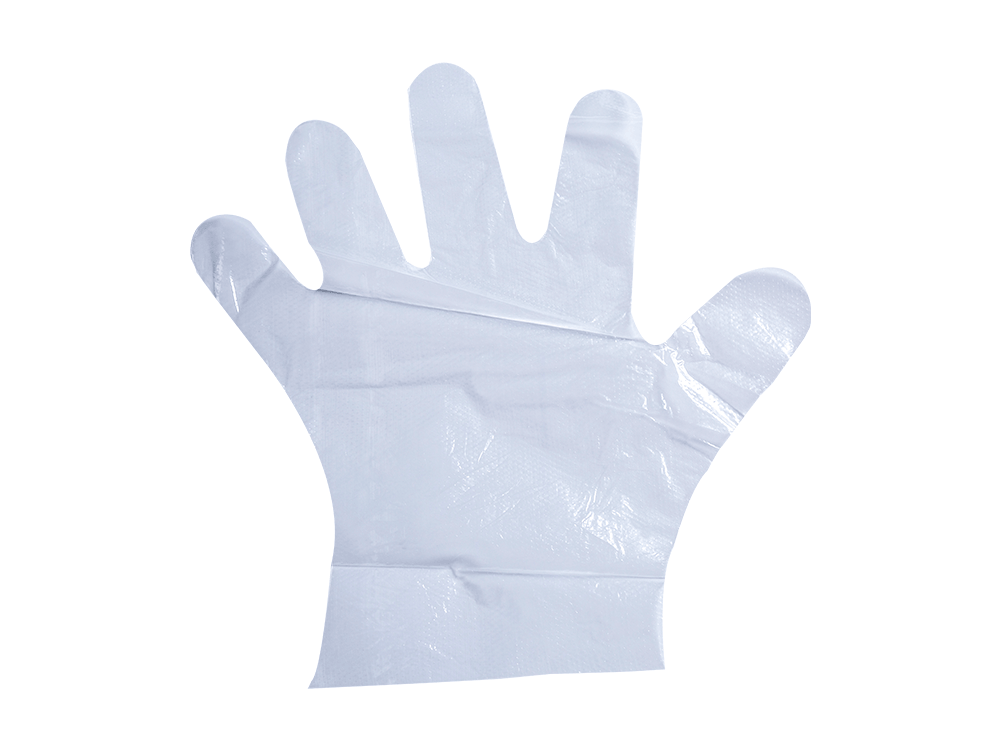Casting is the process of finding actors for roles in TV shows, films, and other media. Casting directors read through a script and create character descriptions for each role. They then compile these descriptions into a casting breakdown.
The cooling system of a cast film line is comprised of the primary quenching roll, a motorized roll positioning system for proper vertical and cross machine direction alignment and a vacuum box. The system is designed to enable high line speeds.
Roll Size
The dimensions of a typical film roll can vary significantly. They depend on the size of the extruder die, the die deckles, the cooling system and the type of film used. All of these components must be synchronized to produce high quality films.
Blown film is typically more expensive than cast, but its stretchiness can help you wrap more pallets using the same amount of film. The choice of whether to use blown or cast film depends on the unique needs of your specific application.
The casting process involves melting the plastic and “casting” it onto a chill roll to cool and solidify into a flat, continuous film. Casting Film Roll is characterized by its consistent thickness and clarity, making it ideal for applications that require high-quality performance. It also has excellent physical properties such as tensile strength and tear resistance. The film can be made from a wide range of materials, including polyethylene, polypropylene and elastomers.
Roll Shape
The molten curtain of polymer melt that exits the extruder die is chilled by water cooled chill rolls to solidify and form the film. The exact geometry of the chill roll is not of consequence but the surface of the chill roll must be highly polished for uniform contact with the molten film to develop a smooth film surface with optimum gloss and other optical properties.
The most common film types are olefins (polyethylene, polypropylene) and polyvinyl chloride. In addition to these standard types there are specialty films such as stretch film and laminated film for high-performance applications.
The basic functioning of the film line includes a slitter, corona treater and center winder to produce rolls of film for use in a variety of fabrication and packaging applications. Generally the film is wound with a turret or center winder to minimize the development of creases and bumps on the film surface. These problems are usually caused by entrapment of air bubbles between the film and the polished chill roll surfaces.
Roll Length
A roll of film is a cylindrical piece of flexible plastic or emulsion that contains the images of photographs taken by a camera. The length of a typical film roll is measured in feet or pounds. A pound is equal to 1440 cubic inches.
Large format film, usually with image sizes 4 x 5in and up, is supplied on single sheets rather than in rolls. Its smaller image size makes it easier to handle and allows for high resolution.
APS (Advanced Photo System) film was Kodak's response to the limited number of frames per roll limitation of 120 film. This new type of film doubled the frame numbering to allow 20-32 frames per roll and used small paper leaders and tails instead of a black backing.
135 film is loaded into single-spool, light-tight cassettes to enable cameras to be loaded in daylight. It has the same dimensions and perforation pitch as 35 mm professional motion picture film.
Roll Width
Film thickness is usually measured in gauge, or millimeters (mils). The higher the gauge, the thinner the film. A 125-mil film is 0.125 inches thick. Film width is the distance across the spool of film in the cross direction. Film weight is the density of the film in pounds per cubic foot or kilogram. The calculation is accomplished by dividing the total area of the cut piece of film by its weight. Yield is then expressed in either ft2/lb or m2/kg.
Blown and cast films are used in a wide range of applications. The best choice for a particular application depends on the unique characteristics of the product and processing system. It is also important to consider the general properties of a film as these can vary with environmental conditions and processing systems.


 english
english 中文简体
中文简体

















